Before the virus hit, the woodworking machines at a Chinese furniture factory never stopped humming, even overnight on the weekend, as orders from Europe and Japan flew in.
Now, workers get two days off each week and count themselves lucky if they have two hours of work on the other days.
“This has never happened before,” Chen, who oversees the factory in Shenzhen, said in an interview.
Export orders, including to China’s top export markets of the United States and Europe, have shriveled up as the virus shatters the world economy and workforces continue to shrink, and companies are uncertain about the outlook ahead.
China’s Purchasing Managers’ Index (PMI), an indicator of manufacturing industry confidence, slipped to 50.8 from 52 in April, barely passing the 50 point mark that divides expansion and contraction.
Local Woes for Small Business
The private sector, which contributes to 60 percent of China’s GDP, is feeling the pain of the virus crisis. Over two-fifths of the mostly private-owned companies participating in the CBB survey reported operating under half capacity, with merely 4 percent reaching full capacity.One of every four companies have reported output declines.
Unlike state firms, private and small enterprises have no access to “free credit” during difficult times, making them especially important indicators for gauging the state of the country’s economic recovery, said the data analytics firm’s managing director Shehzad Qazi.
“There’s no sign of recovery over there at the moment,” he told The Epoch Times.
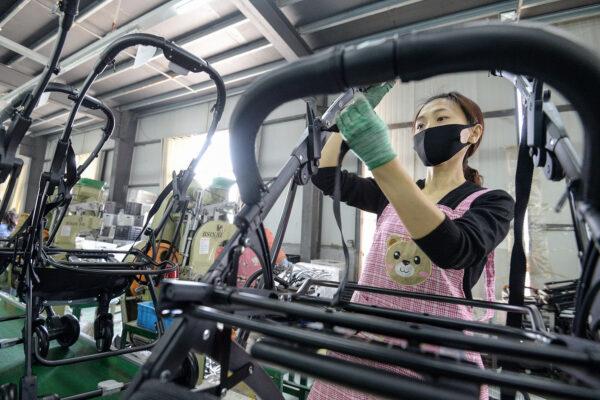
Manufacturers and service firms continued to see declining sales in April, and three-fifths of the firms attributed their loss of revenue to the lingering virus impact, according to the survey. Around 69 percent of the companies interviewed considered the past month “as good as it gets,” with business conditions either staying the same or becoming worse, it stated.
Bao, who runs a popular sausage shop with his wife in Mudanjiang, a city in northeastern China, has furloughed all employees to cut costs.
The shop had been making only one-tenth of its pre-outbreak revenues since reopening about five weeks earlier—not even enough to cover rent and utility costs. Meanwhile, nearly half of the restaurants in the area have gone out of business.
“Even 100 yuan is still better than nothing,” he said, adding that they are just “hanging in there.”
Tang Renjian, governor of north-central province of Gansu, made a plea to help small businesses through the “harsh winter” in an April 27 press conference. While not many companies in his province have closed since January, he cautioned that the outbreak’s impact is now just beginning to show.
Some are “hanging by a thread,” he said.
“If we don’t walk past this hurdle, the risks it brings will definitely create a butterfly effect,” he said, naming social unrest and political crises as “very likely” consequences.
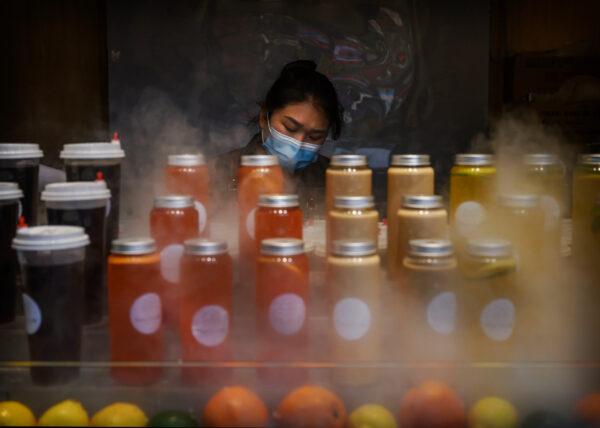
No One Stays Intact
China, the world’s largest export economy, saw nearly half a million firms going under in the first quarter of 2020—a telling sign of the pandemic’s economic toll. Among them, 260,000 are export-related businesses.The unemployment rate for March was 5.9 percent by official accounts, 0.3 percent down from the previous month. But independent analysts warn that such data could be unreliable.
As many as 205 million workers—nearly one in every 15 people—may have lost their jobs owing to the outbreak, according to early April estimates by Liu Chenjie, chairman of the Shenzhen-based hedge fund Upright Capital.
Surveys across nearly 4,000 firms between February and April also showed that “layoffs have outpaced new hires,” Qazi said.
“We are looking at massive amounts of negative growth … contractions happening across every major business performance indicator,” he said.
In Harbin, the northern Chinese city that has become the focal point of fears of a second wave of outbreaks, produce and food stands have popped up as people struggle to make ends meet.
A shoe factory in China’s southern province of Guangdong has stopped its three production lines and furloughed all except the CEO and a few managers, according to a worker. He recently learned that he “needs not come back this year.”
A cab driver from Hunan, the province immediately south of Wuhan’s Hubei Province, said his business has plummeted by 30 to 40 percent in the wake of the virus.
“No one can stay intact or keep out of it,” he said.
“This is not just a Chinese problem, this is really a global problem,” Qazi said. “Unless we see Europe get back to business, and unless we see the United States really get back to business, China is not going to see that recovery, regardless of what the official narrative might be.”
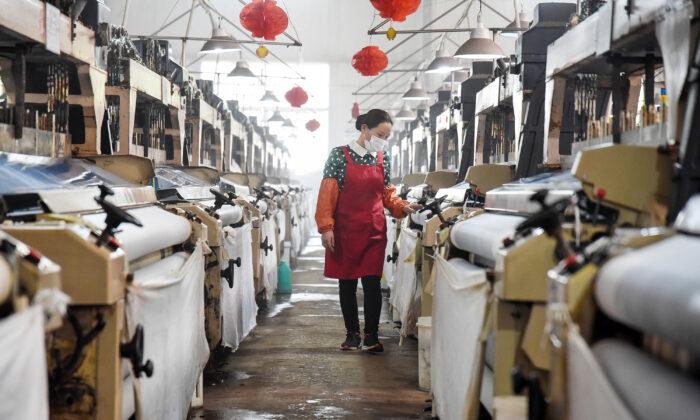

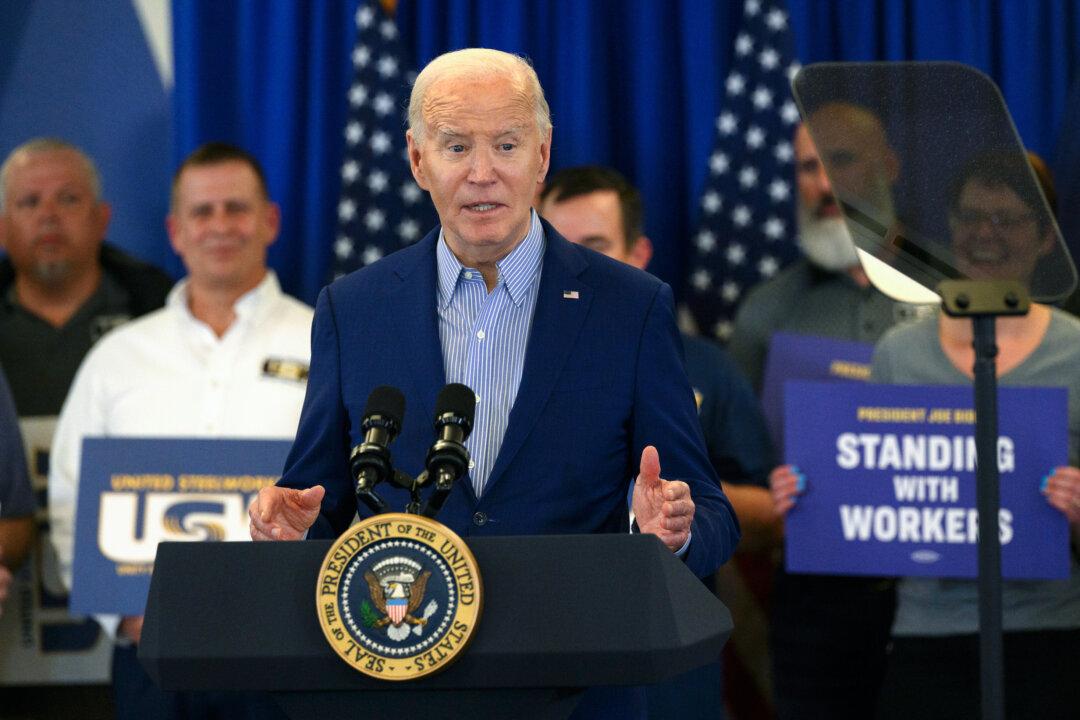

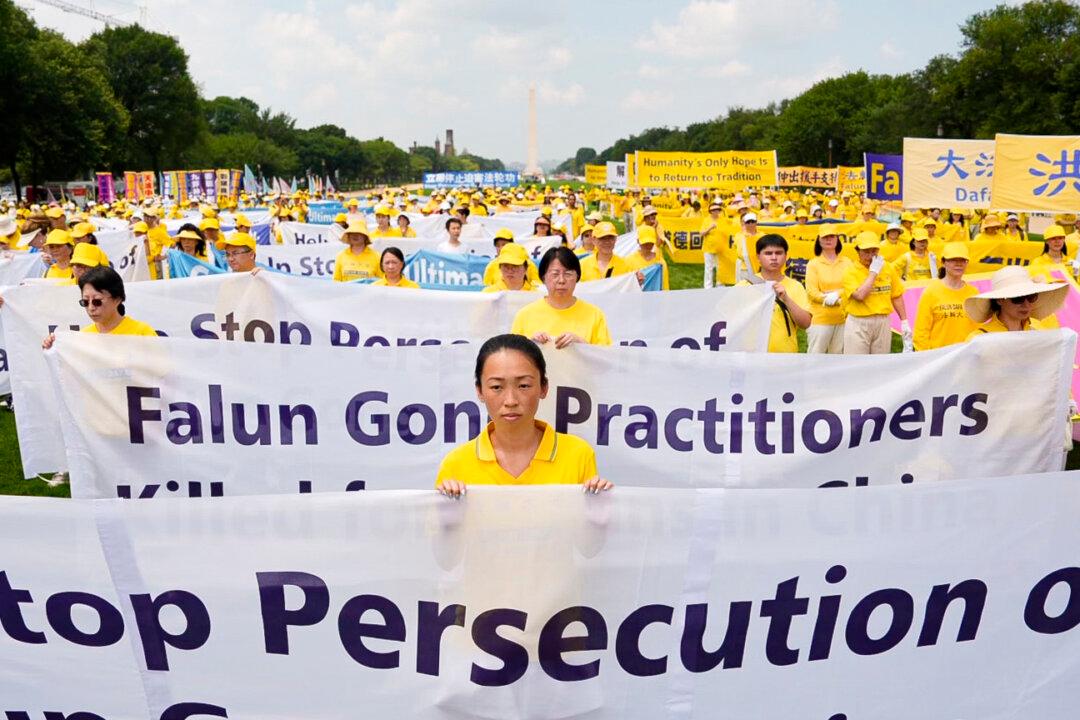

Friends Read Free